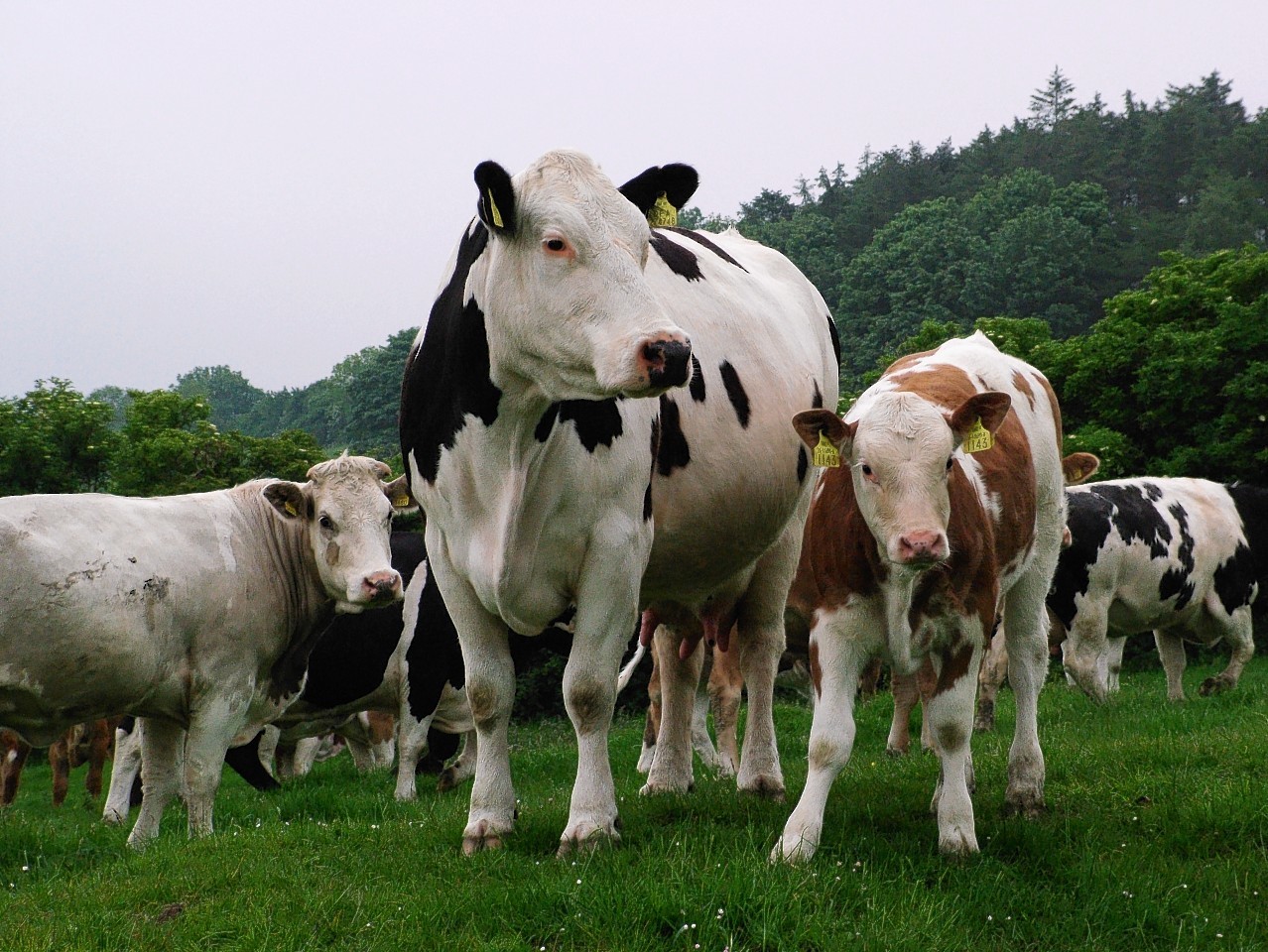Farmers in the Highlands could be forced to travel hundreds of miles with dead animals for post-mortem if plans to close the Inverness veterinary disease surveillance centre (DSC) go ahead.
The proposal was announced by SRUC, which operates the network of DSCs on behalf of the Scottish Government.
The plans could see the Inverness centre close in the autumn with farmers in the area then expected to travel to other DSCs in Thurso, Aberdeenshire or Perth instead.
The future of the Ayr centre is also up for discussion – proposals could see it relocating to the veterinary campus of the University of Glasgow.
SRUC has now launched a consultation to gather views on the proposals and to explore whether or not vets in the north of Scotland could be trained to carry out post-mortems on farm to save travelling to other DSCs elsewhere, or whether a carcase collection service could be set up.
The general secretary of the Prospect union, Alan Denney, slammed the proposals and said it was an “ill-thought out cost-cutting exercise not best designed to service the farming community in the north of Scotland”.
“How do you service the whole of the Highlands from Perth, Thurso and Aberdeen? It’s a heck of a long way from Oban to Thainstone,” said Mr Denney.
He said staff at the Aberdeen DSC had been told the plan was to close the north-east office and relocate staff to a new centre at the Thainstone Centre in Inverurie
However an SRUC spokeswoman said no decision had yet been made on whether the new site would be at Thainstone or another place in Aberdeenshire.
She said the move was planned for 2017 and it would be “business as usual” until then.
When asked why the Inverness centre had been chosen for closure, she said: “The region it services has the highest number of holdings but the centre undertakes the smallest number of post-mortems. The consultation aims to find out why that is and whether an alternative approach might work more effectively.”
SRUC acting chief executive Janet Swadling said: “Against a budget that is reducing in real terms we have prepared a plan to provide a more efficient service which is fit for the future, considers local demands and the need to retain a critical mass of important expertise.
“We are consulting closely with our staff and external clients and stakeholders to ensure we get this right and we are grateful for their ongoing commitment and understanding.”
NFU Scotland’s animal health and welfare policy manager, Penny Johnston, said: “Whatever changes are being considered, the service available to farmers must not be diminished. They must continue to have access to timely post-mortem and disease testing facilities and that effective disease surveillance across Scotland is preserved.
“We would not wish to see veterinary surveillance facilities close but were that to happen, then producers in affected areas must have a clear picture of how services will be delivered.
“Utilising large animal vets to underpin the service merits further discussion as it would support both local large animal practices and provide a local service.”
SRUC said the proposed closure of the Inverness site and changes to the Aberdeen site would result in annual savings of £400,000 on the scheme – which costs around £5million a year.
The consultation will run for six weeks until July 10.
